via (http://www.openculture.com/)
In the early 1980s, aspiring filmmaker Jim Jarmusch immersed himself in New York’s underground music scene. He played keyboards–a “fairly primitive Moog synthesizer”–in places like CBGB and the Mudd Club with a No Wave band called The Del-Byzanteens and was deeply influenced by the spirit of punk rock. “The aesthetics of that scene really gave me the courage to make films,” Jarmusch later recalled. “It was not about virtuosity. It was about expression.”
Over the years, Jarmusch cast musicians instead of actors in many of his films: Joe Strummer, Tom Waits, John Lurie, Iggy Pop–all had something in common. Each had stood up against commercial pressure from the mainstream popular culture. Jarmusch carried the same uncompromising spirit into the creation of his films. In the discussion above, recorded sometime after the release of 1999′s Ghost Dog, Jarmusch explains his approach to using music in film.
The opening sequence of Jarmusch’s 1986 film Down by Law (above) rolls to the groove of Tom Waits’s “Jockey Full of Bourbon,” from the classic Rain Dogs album. Waits himself plays a leading role in the film. His music fits perfectly into the atmosphere of the story, writes Juan A. Suárez in his critical study, Jim Jarmusch: “Waits’s songs tell of fractured romances set in an underworld of drifters, pimps, and prostitutes–to a large extent the milieu of the film. And both Jarmusch’s film and Waits’s songs recycle retro idioms. The visual style of Down by Law draws from a number of 1940s and 1950s studio genres, while Waits’s songs are replete with pastiches of polka, waltz, classic blues, and Caribbean rhythms.”
For the surreal 1995 western Dead Man (sampled in the montage above) Jarmusch enlisted Neil Young to compose and perform the soundtrack. “To me,” Young is quoted as saying at the outset of the project by Jonathan Rosenbaum in his BFI Modern Classics book on the film, “the movie is my rhythm section and I will add a melody to that.” Young recorded his minimalist score, much of it improvised, in a large warehouse in San Francisco while watching a rough cut of the film. Young played all the instruments: electric and acoustic guitars, pump organ and a detuned piano.
The other-worldly, sometimes jarring music baffled a few of the critics. “A mood might have developed here,” wrote Roger Ebert in a scathing review, “had it not been for the unfortunate score by Neil Young, which for the film’s final 30 minutes sounds like nothing so much as a man repeatedly dropping his guitar.” Others heard genius. Rock historian Greil Marcus, in his “Ten reasons why Neil Young’s “Dead Man” is the best music for the dog days of the 20th century,” wrote: “The music, as you listen, separates from the movie even as it frames scenes, banter, recitals. It gets bigger and more abstract, and it becomes hard to understand how any film, showing people doing this or that in specific, non-abstract ways, could hold it.”







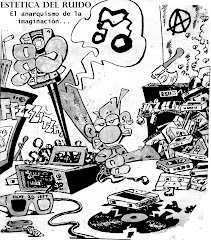

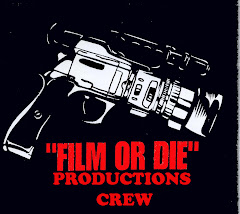



































































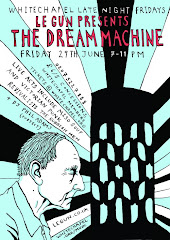









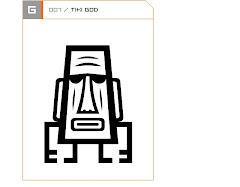


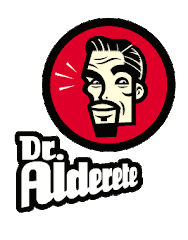



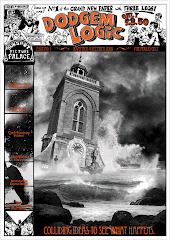


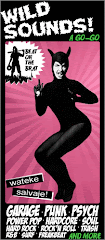


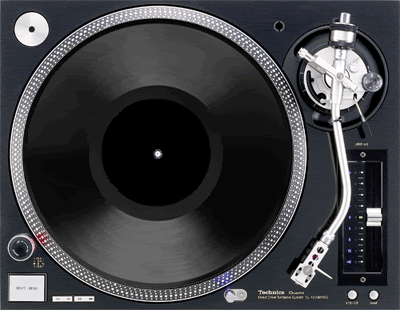






















No comments:
Post a Comment